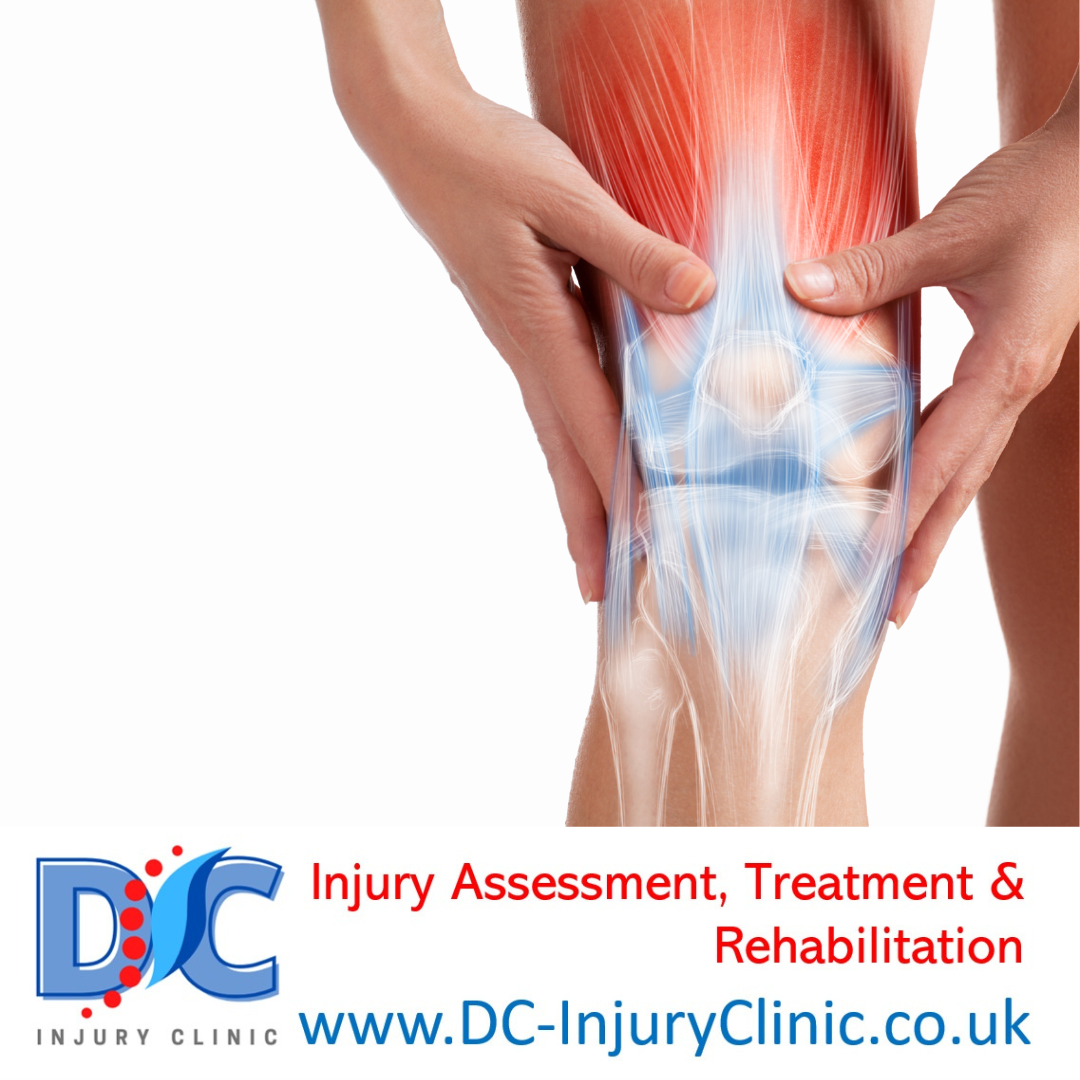It seems we live in an age where everything has to have an easily digestible name. While it could be argued that certain red top newspapers take ‘dumbing down’ a little too far, I think it is fair game when it comes to Sports Injuries. For example, have you ever heard of Lateral Epicondylitis? Probably not, but you more than likely have heard of its pseudonym, Tennis Elbow. And so it’s no surprise that, like “shin splints”, Runners Knee is another example of this.
However, sufferers of Runners Knee – similar to sufferers of Shin Splints – can report a wide variety of symptoms, and so I will look at it in two separate blogs on 2 fairly specific conditions;
Part 1 – Patellofemoral Pain Syndrome (P.F.P.S)
and
Part 2 – Illiotibial Band Syndrome (I.T.B.S)
From here on in I will refer to the above two injury types by initials only (for sake of your reading sanity and my typing fingers)
P.F.P.S
Medically speaking, a ‘syndrome’ is a group of symptoms which consistently occur together, or a condition characterized by a set of associated symptoms. So, essentially, its not a firm diagnosis as much as a set of symptoms. P.F.P.S is the preferred term used to describe pain in and around the kneecap; Patella – kneecap, Femur – Thigh bone, Pain Syndrome. Alternative names used include patellofemoral joint syndrome, and as mentioned already, ‘ Runners Knee’
Cause of patellofemoral pain syndrome is often thought to be overuse, or as I prefer to think of it, a mismatch between load and adaptation. External factors to consider include a sudden increase in training load or volume, or performing high intensity workouts. Internal factors such as poor patella tracking, compensatory changes in kinematics, or a strength deficiency are incredibly important, and of course identifying the cause is vital. Patient injury and training history provides vital information, and clinical examination is usually required to evaluate key intrinsic contributing factors.
Common complaints include pain under the knee cap upon going down stairs, running down hill, leg extensions at the gym, or sitting down for a prolonged time with the knees bent, for example at a work desk. There is sometimes tenderness along the inside edge of the kneecap and swelling will sometimes occur after exercise. If the injury is long standing, it is not unusual to see some muscle wastage of the thigh muscles. It is more common in women, but can occur in men.
In runners, a common contributing factor seen is over-striding, or having your foot-strike so far ahead of your centre of mass, and so greatly increasing the chance of you landing on a very rigid lower limb, risking hyperextension of the knee – the shin bone moving in front of the thigh bone. Imagine your legs permanently trying to brake (NB NOT Break!)
To counteract this movement fault, I usually start by getting runners to focus on reducing their stride length and increasing cadence (number of footsteps per minute). I’m also a big advocate of increasing hip extension through Gluteal and Hamstring training (Ref 1). See here for an example drill.
Successful treatment requires an integrated approach addressing pain management, and the aforementioned external and internal factors. The P.O.L.I.C.E protocol should be used initially, and then a relevant, graded rehabilitation programme which includes stretching and strengthening should be put in place, alongside a (potential) return-to-play plan.
And as a final note, hands-on treatment/Foam-rolling alone will not fix P.F.P.S!
START YOUR RECOVERY FROM KNEE PAIN TODAY – CLICK HERE
REFERENCES
Ref 1 https://www.ncbi.nlm.nih.gov/pmc/articles/PMC4127509/
